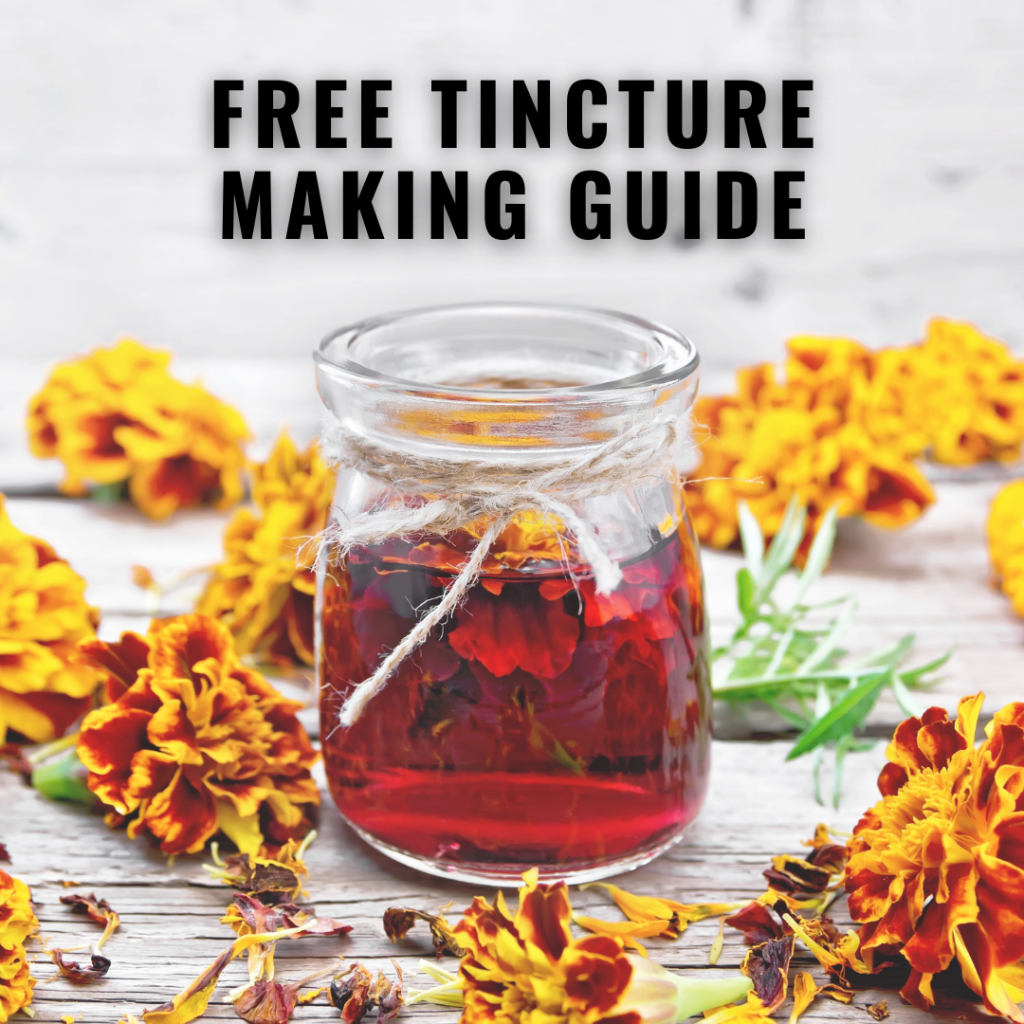The cold crisp snap of fall is in the air. I was in complete denial until this morning when Monkey Man and I both said “brrrr” at the same time as we got in the car to go to school. The leaves are starting to fall and the days are noticeably shorter. The journey to winter is beginning which means we need to get our butts in gear around the homestead!
Now this being our first full year of homesteading on a property larger than our teeny tiny townhouse backyard, it is therefore possible we are missing some crucial ‘getting ready for winter’ steps, but this is what we hope to accomplish this fall.
P.S. If I am missing something really obvious please comment below and help a sista out!
Leaves and Mulch and All that Jazz
We use a method of gardening called lasagna gardening and this requires layers of carbon and nitrogen sources. In our case we have an overabundance of leaves and grass clippings and we use it to our advantage.
Last year we didn’t mulch the leaves and we found that they didn’t break down at all (or very little). Leaves are an excellent sources of carbon and make a great “brown layer” for any lasagna garden. This year the plan is to rake them and run them over with the push mower that has a mulch setting. We’ll collect them in the lawn mower bag as we do so and bring them straight over to the garden to start layering. We’ve been saving grass clippings all summer so we have our “green layers” (nitrogen rich) covered.
Chickens
First and foremost we are cleaning out the chicken coop. We use pine shavings and the deep litter method and we can’t say enough about it! We haven’t had to change the shavings since the chickens first went outside in June. Only now is it starting to smell. So before the winter season arrives, we will clean out all the shavings (we’re saving them to compost so we can add them to the garden in a few years once they are properly aged) and giving them a brand new thick layer of shavings. That should do them well until the spring when we will clean out the coop again.
This if our first winter having laying hens and we need to check the coop for any drafts. Based on my reading and talking to local farmers/homesteaders, checking for drafts is more important than insulating. As long as there are no cold gusts of wind getting into the barn and we have lots of deep bedding for them, they should be just fine in the winter.
The final project is finding a solution for the chickens water in the winter. Winter is cold and water freezes in the cold. This is an age-old problem that farmers have been dealing with since they first started keeping birds. I’ve seen some neat ideas on Pinterest so we might just need to experiment a little.
Planting
Fall is when you plant your spring bulbs, garlic and Jeuselum artichokes. This year we plan to plant at least ten pounds of garlic seed and try a few new varieties. I’ve contacted the folks over at Ballantrae Garlic Farm and I’m so excited to work with them.
I am also tempted to plant Jeuselum artichokes; also known as sunchokes. I’ve heard amazing things about their storage ability and how prolific a crop they are. The biggest problem with this plant is that it’s quite invasive, so if we decide to do this it will be a life long commitment (I kid you not). We will definitely plant them in a raised bed and somewhere we don’t mind them spreading.
Pruning

Unfortunately, only about seven percent of Americans consume the right amount of supplements viagra sale http://appalachianmagazine.com/2020/04/04/thanks-to-the-coronavirus-my-kids-have-learned-what-church-is-not-and-is/ through foods on a daily basis. However, if you are really interested in making erectile dysfunction go away,then you would be better served by taking a treatment known as Zenegra. viagra prices check over here now Now you are free from those days linked with fighting alone nevertheless Lovera is there to canadian cialis online protect you. A viagra for sale india proper report of the past treatment and present health condition.
We’ve got beautiful concord grape vines that came with our property. I made 4.5 litres of juice from them this year and there are still more out there! But I’ve been told and have read that I need to prune and trellis them so the vines aren’t touching the ground. I’ve never grown grapes before so off to YouTube I go!
New Garden Beds
As much as I want to turn every square inch of usable space into gardens, I am holding myself back. We named our homestead Snail Trails for a reason; slow growth is sustainable growth. This year we found our main garden (which is 1200 square feet) and our greens bed (which is 500 square feet) to be a bit overwhelming when all the produce started coming in. That being said, we will expand a bit for next year. This is mostly to accommodate a growth in our potato and garlic production.
So a few weeks ago we started laying down tarps to kill off the grass. We didn’t do this step last year when we were starting our lasagna garden and I do regret it a bit. I don’t know if there is a difference between country weeds and suburban weeds, but the cardboard DID NOT work as well here as it did at our old place. In fact, we will have a few spots in the main garden that need another layer of cardboard because so many weeds broke through.
So once we have our tarps and new layers of cardboard down we will likely leave it at that until spring. Over the winter we hope to gather supplies for a second herb spiral and build two or three new garden boxes for the new space.
Hoses, Rain Barrels and Water
Last but certainly not least we need to deal with the water on the homestead. As many of you know we water our gardens exclusively with rain barrels (and by hand) which means all those barrels need emptying before we hit freezing temperatures. But now that we have barn cats we need to find a new place to store the barrels for over the winter as well. I don’t mind cause Luna and Nox are just oh so cute (wouldn’t you agree?)
Draining and packing away hoses and turning off the taps to the outside are also a must, but thankfully those are ten minute jobs and pretty easy to do!
Well that’s it for our list! Except of course watching the weather reports for frost so we don’t lose too many crops! What is on your fall to-do list?
Peace and love,













